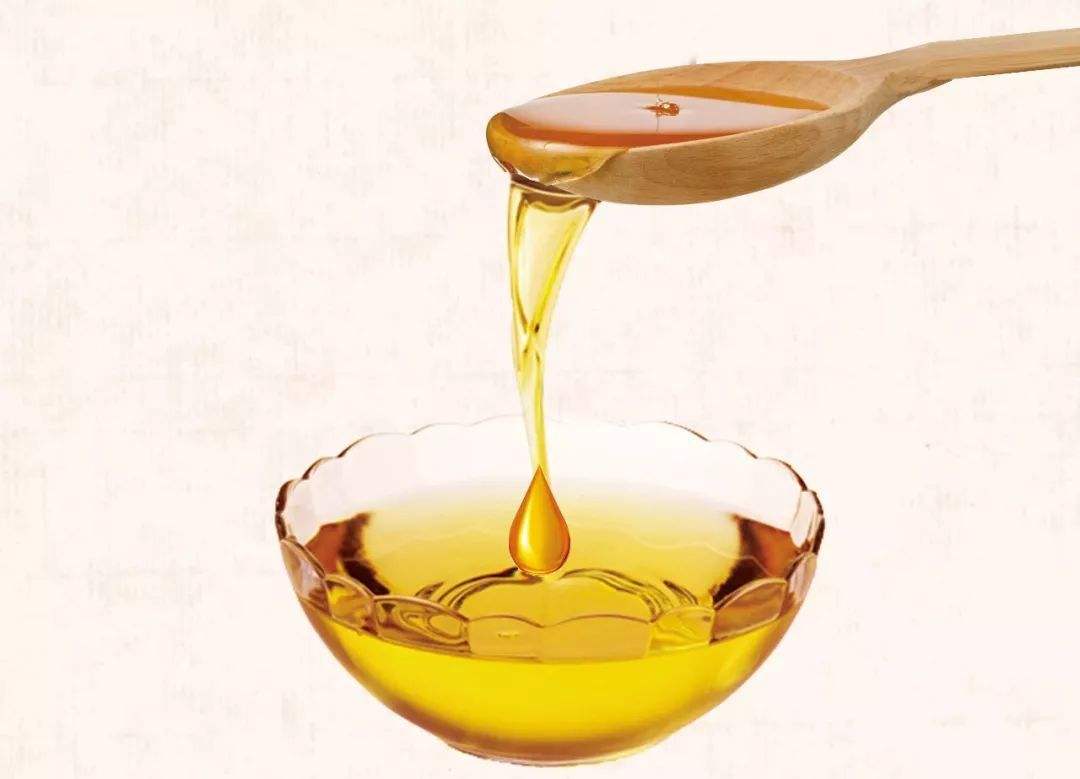Spenser L Becker, Dalton C Humphrey, Locke A Karriker, Justin T Brown, Kristin J Skoland, Laura L Greiner
 The objective of this study was to
investigate the effects of dietary linoleic acid level and the ratio of
linoleic acid:linolenic acid (LA:ALA) on the growth
performance, expression of genes associated with lipid metabolism, and
inflammatory status of grow–finish pigs. A total of 300 growing pigs (body weight
[BW] = 41.1 ± 6.3 kg) were
randomly assigned to either a high (30 g/kg; HLA) or low (15 g/kg; LLA) dietary
linoleic acid level with a high (23:1; HR), moderate (13:1; MR) or low (4:1;
LR) dietary LA:ALA in a 2 × 3 factorial design. Diets were fed across three
28-d phases and were balanced for dietary metabolizable energy. Pigs were
housed five pigs per pen in single-sex pens. Blood samples were collected on
days 0, 21, 42, and 84, and synovial fluid was collected from the hock joint on
days 0 and 84 for inflammatory marker analysis. Data were analyzed as repeated
measures using PROC MIXED (SAS 9.4) with initial BW as a covariate, pen as the
experimental unit, and LA level, LA:ALA, sex, phases, and their interactions as
fixed effects. Compared to HLA, LLA pigs tended to have increased BW at days 56
and 84 (P = 0.088). There was no effect of LA × LA:ALA for growth
performance. For the overall days 0 to 84 growth period, pigs fed HR had
increased ADG compared to MR, with pigs receiving LR performing intermediate of
MR and HR. Gilts receiving HR diets had increased day 84 BW compared to gilts
receiving the low and moderate LA:ALA (P = 0.006), which was a result of improved overall days 0 to 84 ADG
compared to gilts receiving the MR diets (P = 0.023). Barrows fed LR had improved BW on day 56 compared to MR and
HR and higher final BW compared to HR, with MR performing intermediately (P = 0.006). This was a
result of greater days 0 to 84 ADG (P = 0.023). Overall, C-reactive protein (CRP), tumor necrosis factor-α (TNFα), and interleukin-6
were reduced in the plasma of pigs over time (P ≤ 0.037). Across all treatments, CRP and TNFα were reduced in the hock and carpus synovial fluid on day 84 vs.
day 0 (P ≤ 0.049). In conclusion, LA:ALA ratios utilized in this study can be
fed at varying linoleic acid levels without impacting growth or inflammation.
Additionally, LA:ALA ratios can differentially impact the growth of gilts and
barrows.
The objective of this study was to
investigate the effects of dietary linoleic acid level and the ratio of
linoleic acid:linolenic acid (LA:ALA) on the growth
performance, expression of genes associated with lipid metabolism, and
inflammatory status of grow–finish pigs. A total of 300 growing pigs (body weight
[BW] = 41.1 ± 6.3 kg) were
randomly assigned to either a high (30 g/kg; HLA) or low (15 g/kg; LLA) dietary
linoleic acid level with a high (23:1; HR), moderate (13:1; MR) or low (4:1;
LR) dietary LA:ALA in a 2 × 3 factorial design. Diets were fed across three
28-d phases and were balanced for dietary metabolizable energy. Pigs were
housed five pigs per pen in single-sex pens. Blood samples were collected on
days 0, 21, 42, and 84, and synovial fluid was collected from the hock joint on
days 0 and 84 for inflammatory marker analysis. Data were analyzed as repeated
measures using PROC MIXED (SAS 9.4) with initial BW as a covariate, pen as the
experimental unit, and LA level, LA:ALA, sex, phases, and their interactions as
fixed effects. Compared to HLA, LLA pigs tended to have increased BW at days 56
and 84 (P = 0.088). There was no effect of LA × LA:ALA for growth
performance. For the overall days 0 to 84 growth period, pigs fed HR had
increased ADG compared to MR, with pigs receiving LR performing intermediate of
MR and HR. Gilts receiving HR diets had increased day 84 BW compared to gilts
receiving the low and moderate LA:ALA (P = 0.006), which was a result of improved overall days 0 to 84 ADG
compared to gilts receiving the MR diets (P = 0.023). Barrows fed LR had improved BW on day 56 compared to MR and
HR and higher final BW compared to HR, with MR performing intermediately (P = 0.006). This was a
result of greater days 0 to 84 ADG (P = 0.023). Overall, C-reactive protein (CRP), tumor necrosis factor-α (TNFα), and interleukin-6
were reduced in the plasma of pigs over time (P ≤ 0.037). Across all treatments, CRP and TNFα were reduced in the hock and carpus synovial fluid on day 84 vs.
day 0 (P ≤ 0.049). In conclusion, LA:ALA ratios utilized in this study can be
fed at varying linoleic acid levels without impacting growth or inflammation.
Additionally, LA:ALA ratios can differentially impact the growth of gilts and
barrows.
2023. J. Anim. Sci. 101: skad263
DOI:https://doi.org/10.1093/jas/skad263
Registration hotline: 021-57634675
fax: 021-57632800
Copy right : 上海亘泰实业集团
Collaboration & Sponsorship: 021-57634938 57631012
ASASHotline:021-67868428
Site Map | CNZZStatistics
address:Shanghai songjiang jiuting town nine new highway 90 lane 3 nine new commercial building 15 floor

WeChat ID:asaschina
The pig nutrition international BBS CSIS